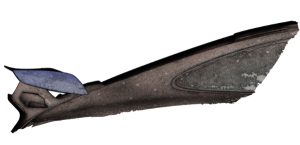Project: Porsche 997 GT2 rear spoiler custom-made
The fastest road-legal 911 ever produced at the time! The Porsche 997 GT2 brought a truly astonishing level of performance to the 997 platform with two turbochargers on a 3.6-liter six-cylinder engine. But who hasn't experienced it? Your own dream car is never completely perfect, because if you had built it yourself, you would probably do some details differently. This is exactly how our customer felt and contacted us with his wish to perfect his dream car.
Order:
Optimization of the aerodynamics of a Porsche 997 GT2 by raising the wing board and changing the wing profile. "It would be cool if it looked like it was from Porsche". Let's go!
Inventory:
A CFD simulation is used to simulate a run in a wind tunnel. For this purpose, the relevant part of the Porsche is scanned in its unchanged state and the data is processed so that plausible results can be displayed. The model can then be used to vary the wing panel and determine the optimum height. Just set it higher? Unfortunately, the shape of the car does not allow this. The feet of the wing do not have a simple geometry and they also run outwards in height. So we had to design the inner workings of the height adjustment adapters in a more complex way to compensate for the offset of the holes. The prototypes already look suspiciously inconspicuous. The final product is milled from a solid ABS block and is given the original Porsche paint. Some time later and 5 cm higher, the entire rear end not only looks better, but also stands up better in the wind.
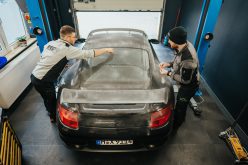
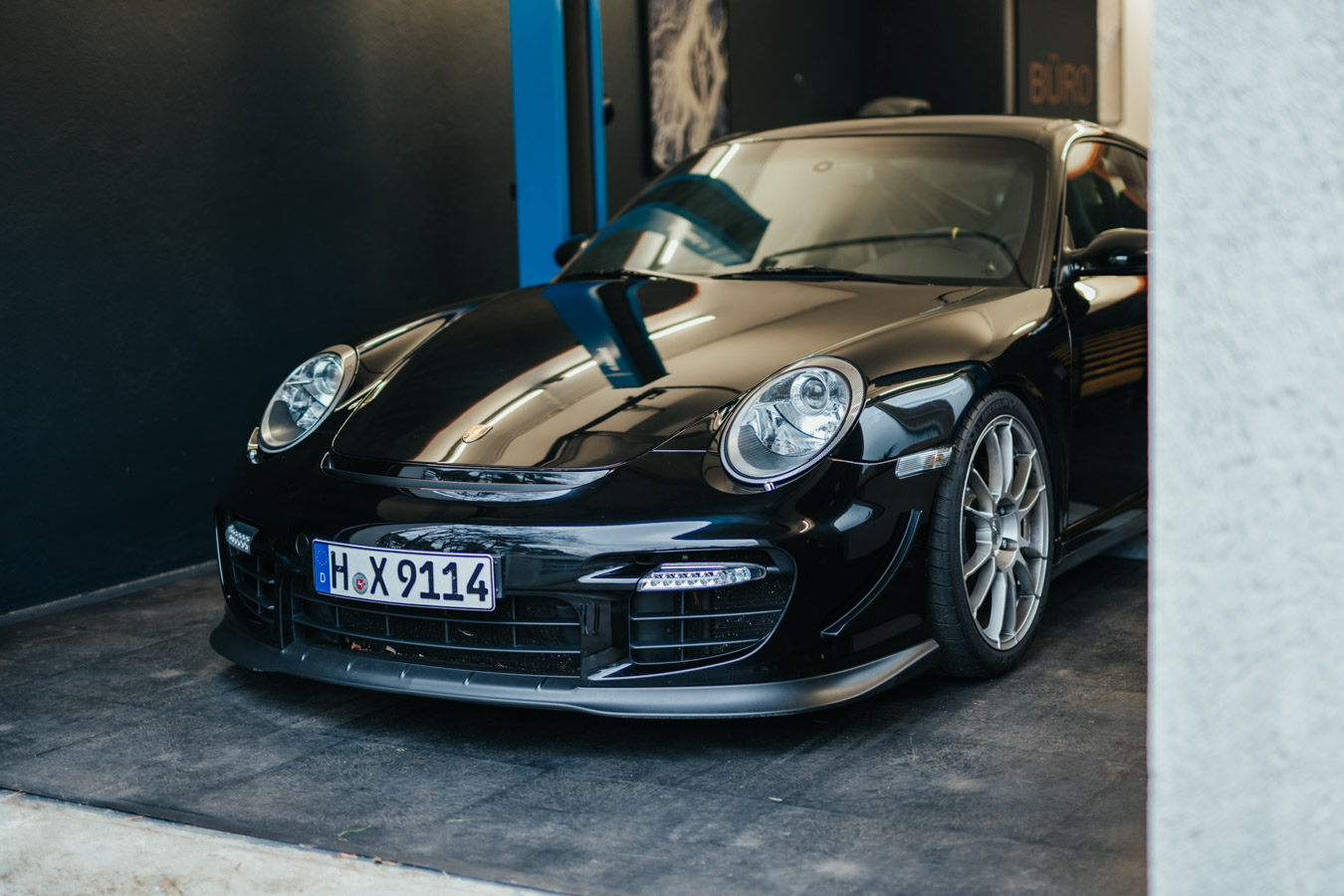
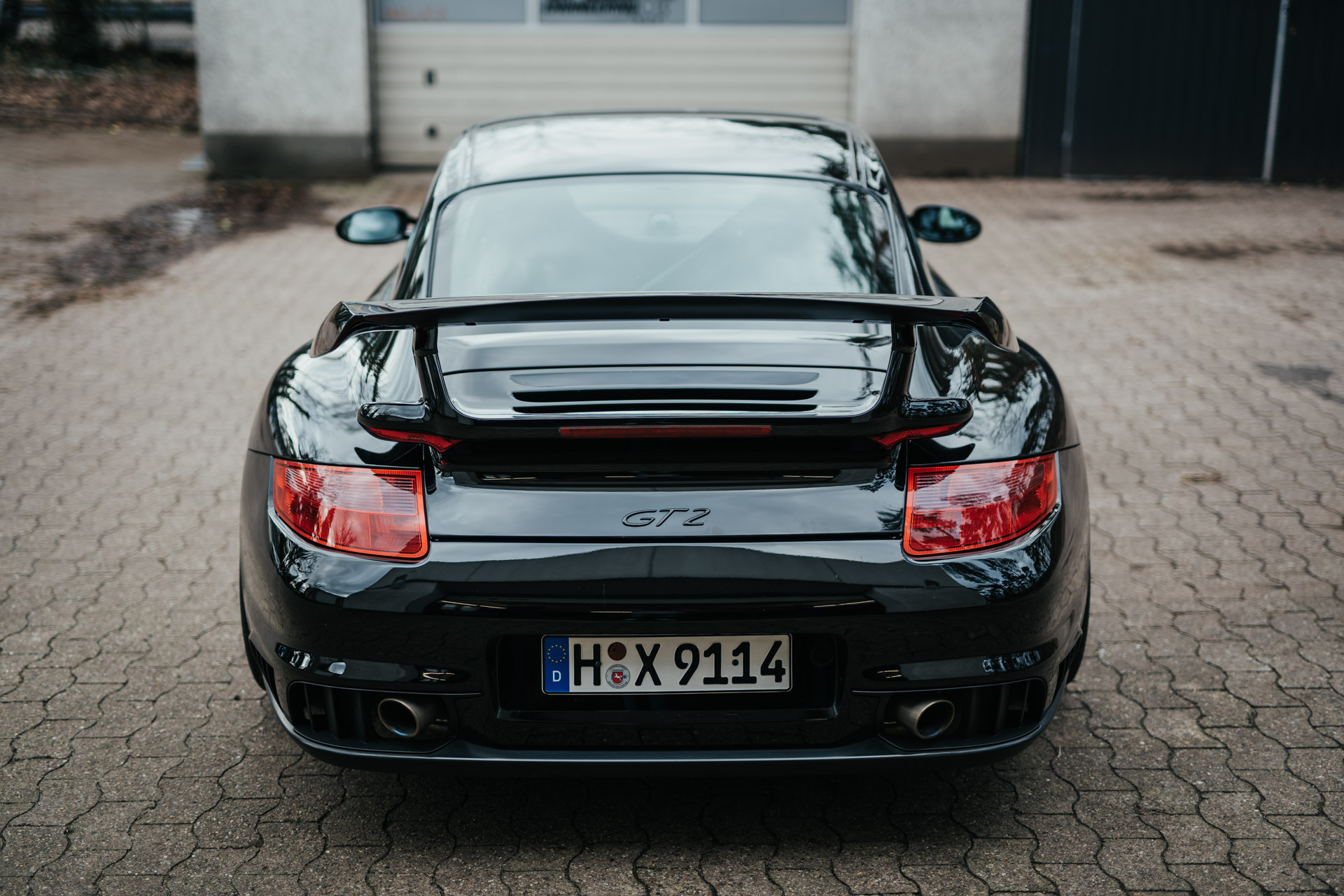
A nice side effect?
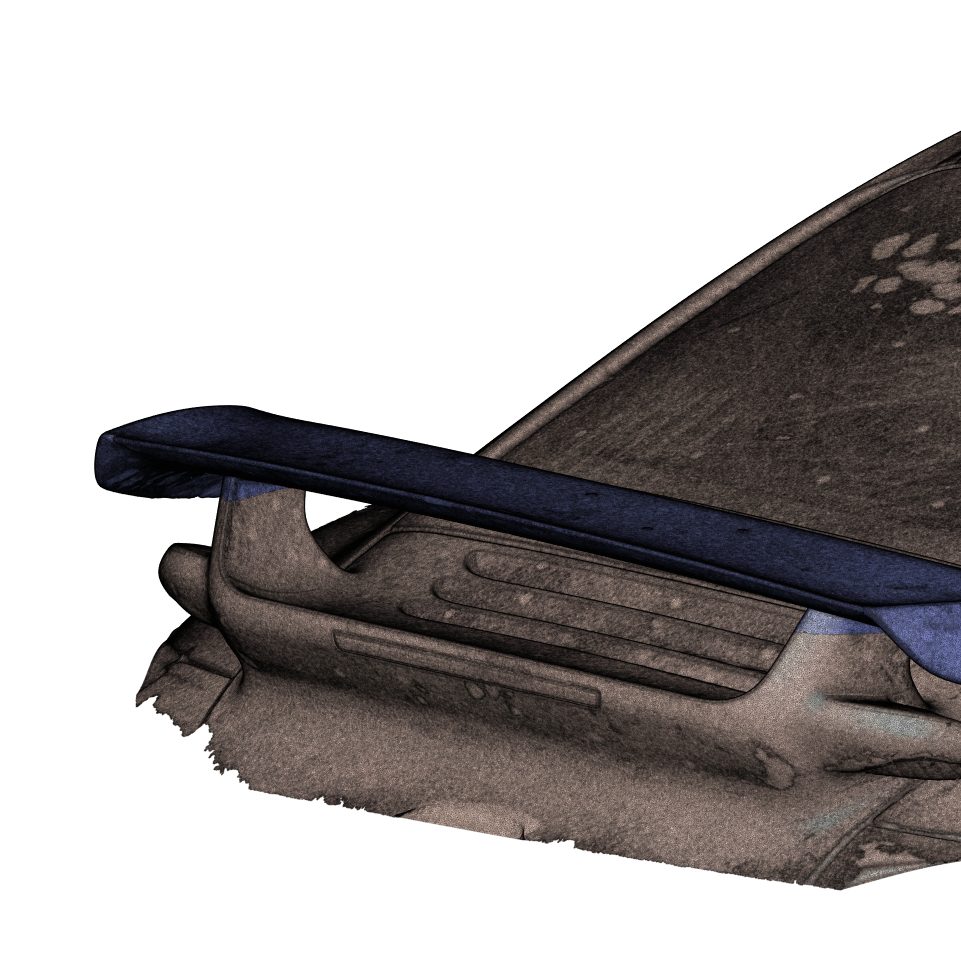
The airflow directly above the engine cover has also been optimized. More downforce for the rear axle and more air for the engine!
That's not enough for us!
The customer suggested a Gurney flap on the wing panel. In the course of the project, we also learned that this modification has an enormous drag value and therefore has a negative effect on the aerodynamics. We therefore scanned the existing wing lip and redesigned it. The lip now has a different angle and has been slightly extended. The laminar flow path above and below the wing board now meets further behind the physical end of the wing, which lengthens it.
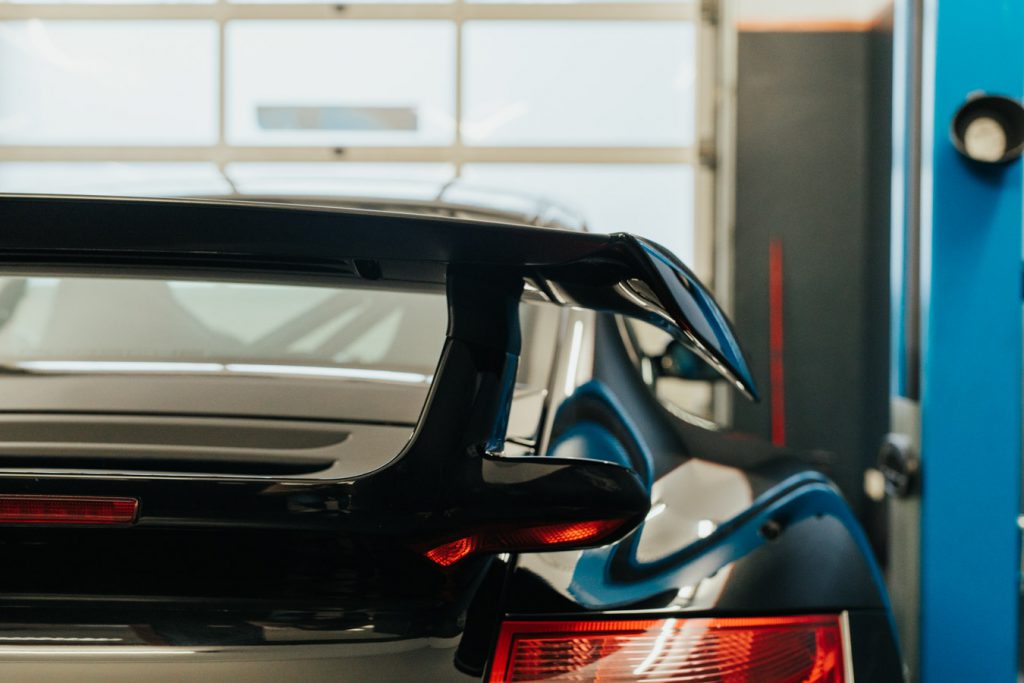
If you would like to watch a video of the development of the Aero Kit, you can find it here.


